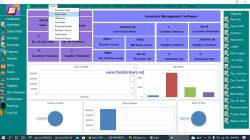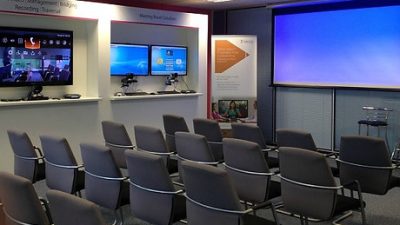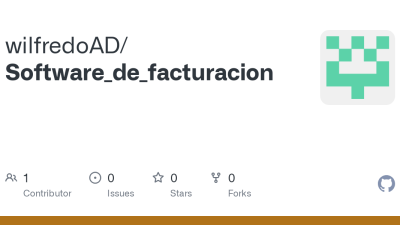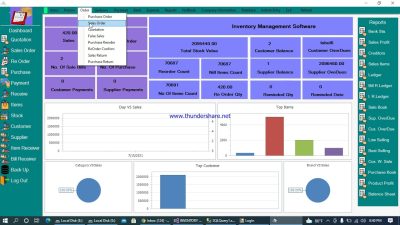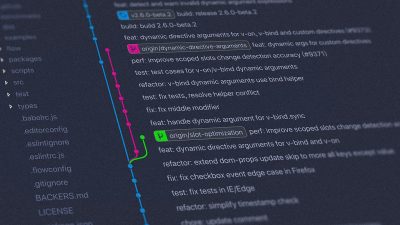
So, you want to dive into the exciting world of software creation? Fantastic! Whether you’re a budding entrepreneur with a groundbreaking app idea or an aspiring developer eager to build the next big thing, understanding the intricacies of software development is crucial. This thorough guide will walk you through the essential steps involved in como crear un sofwar, from initial planning to final deployment. We’ll explore key ideas, optimal practices, and essential tools to help you navigate the complexities of program creation and bring your vision to life. Get ready to embark on a journey of innovation and problem-solving!
Understanding the Fundamentals of Software Creation. Before diving into the technical facets, it’s crucial to grasp the fundamental principles that underpin achievementful software creation. This involves understanding the problem you’re trying to solve, determineing your target audience, and defining the scope of your project. A clear understanding of these elements will serve as a solid foundation for your software development efforts. Consider the user experience (UX) from the outset. How will users interact with your software? What are their needs and expectations? A user-centric approach will lead to more intuitive and engaging software.
The Software Development Lifecycle (SDLC). The Software Development Lifecycle (SDLC) offers a structured framework for managing the software creation process. Various SDLC models exist, such as Waterfall, Agile, and Scrum, each with its own strengths and weaknesses. select the model that optimal suits your project’s requirements and team dynamics. Agile methodologies, with their iterative approach and emphasis on collaboration, have gained immense popularity in recent years. They allow for greater flexibility and adaptability, enabling teams to respond quickly to changing requirements and feedback.
Essential Tools and Technologies for Program Creation. The world of software development is brimming with tools and technologies that can streamline the program creation process. selecting the right tools can significantly impact your productivity and the quality of your software. Version control systems like Git are indispensable for managing code changes and facilitating collaboration among developers. Integrated Development Environments (IDEs) offer a thorough environment for writing, testing, and debugging code. Popular IDEs include Visual Studio Code, IntelliJ IDEA, and Eclipse. Programming languages are the building blocks of software. select a language that aligns with your project’s requirements and your team’s expertise. Popular choices include Python, Java, JavaScript, and C++.
optimal Practices for Efficient Software Development. Efficient software development hinges on adopting optimal practices that promote code quality, maintainability, and collaboration. Code reviews are a crucial step in determineing potential bugs and ensuring code quality. Encourage your team to review each other’s code regularly. Writing clean, well-documented code is essential for maintainability. Use meaningful variable names, add comments to explain complex logic, and follow consistent coding conventions. Testing is an integral part of the software development process. Implement unit tests, integration tests, and user acceptance tests to ensure that your software functions correctly and meets the required specifications. Automate repetitive tasks such as building, testing, and deployment to improve efficiency and reduce the risk of errors.
Related Post : sofwer de contabilidad
Testing and Quality Assurance in Software Creation. Rigorous testing and quality assurance are paramount to delivering reliable and robust software. A well-defined testing plan should encompass various types of testing, including unit testing, integration testing, system testing, and user acceptance testing. Unit tests focus on individual components or modules of the software, ensuring that they function correctly in isolation. Integration tests verify that varied components work together seamlessly. System tests evaluate the overall functionality of the software, ensuring that it meets the specified requirements. User acceptance tests involve end-users testing the software to ensure that it meets their needs and expectations. Employ automated testing tools to streamline the testing process and improve efficiency. Continuous integration and continuous delivery (CI/CD) pipelines can automate the build, test, and deployment process, enabling faster feedback loops and more frequent releases.
In conclusion, software creation is a multifaceted process that demands careful planning, execution, and continuous improvement. Whether you’re building a simple mobile app or a complex enterprise system, understanding the core principles of software development and employing optimal practices will significantly boost your chances of achievement. Embrace the challenges, stay curious, and never stop learning in this ever-evolving field!





